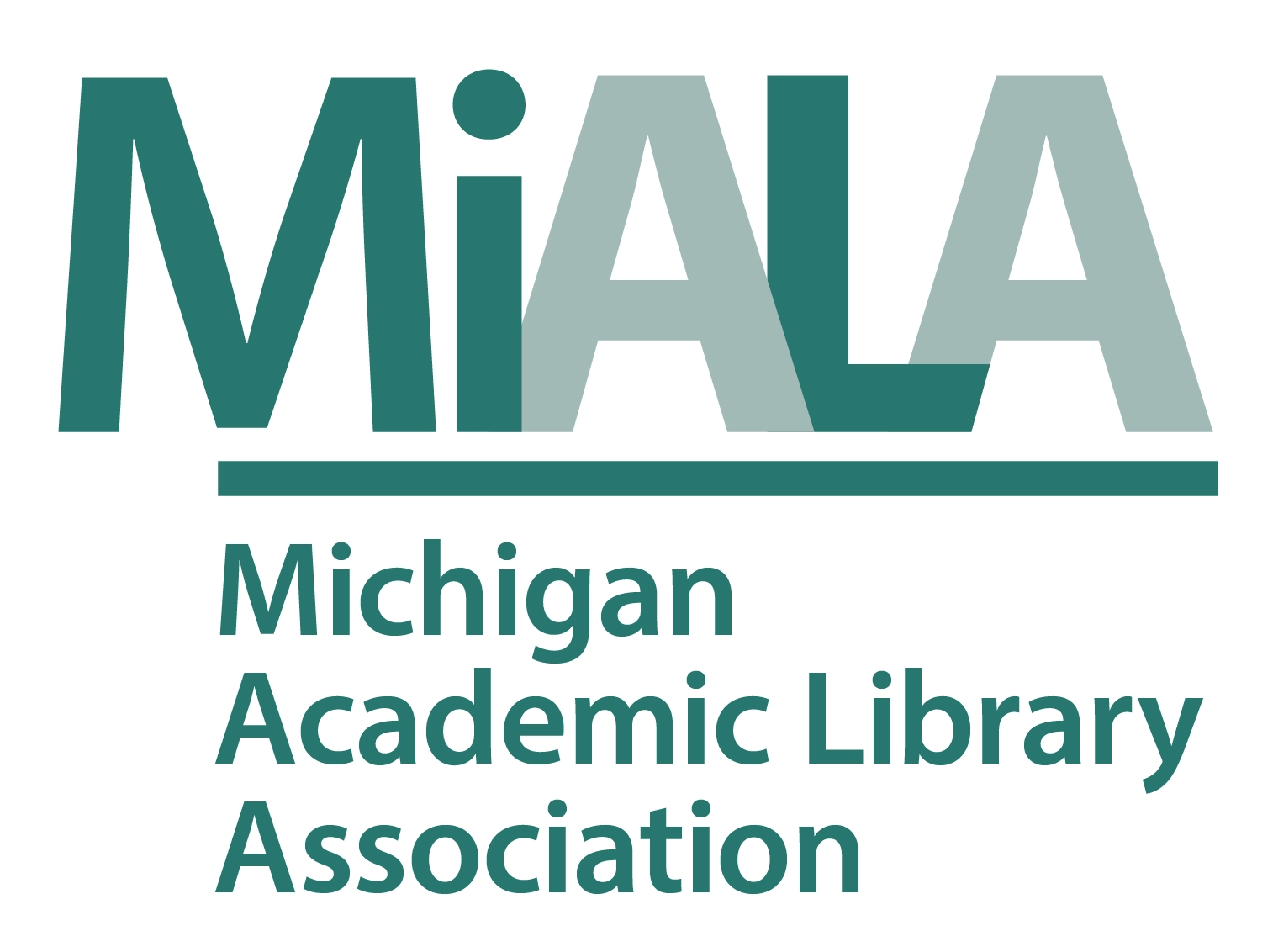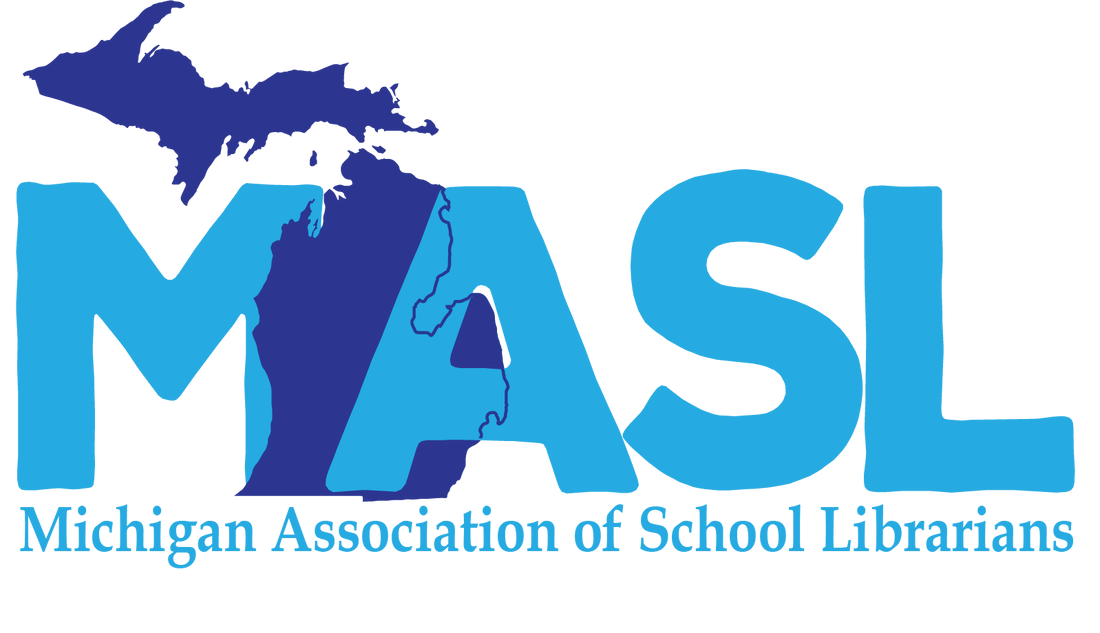- About
- Membership
- Education & Events
- Event Calendar
- Annual Conference
- Spring Institute for Youth Services
- Think Space
- Surviving and Thriving as a Public Library Director
- Leadership Academy
- Michigan Library Advocacy Day
- Youth Summit for the Right to Read
- Advocacy Hour
- MLA Connect
- MLA Connect On Demand
- Call for Proposals
- Vendor and Sponsor Opportunities
- Future Event Dates and Locations
- Programs & Services
- Advocacy
- News
- Job Board
 |
 |
 |
|
Spring Institute Home | SPRING INSTITUTE 2022 HOME | FEATURED SPEAKERS | SPECIAL EVENTS | EDUCATION SESSIONS | LAND ACKNOWLEDGEMENT Spring InsTitute for Youth Services 2022 Land Acknowledgment & ResourcesLand Acknowledgment Statement for Spring Institute in Mt. PleasantAs those in the library profession gather to learn and work together today, we wish to recognize the Anishinaabe people whose traditional land we are gathered upon today and the land on which the Saginaw Chippewa Indian Tribe (composed mainly of the Saginaw, Black River and Swan Creek Ojibwe bands) have resided on for over 200 years. To recognize the land is an expression of gratitude and appreciation, and, also a way of honoring the elders and native inhabitants, both past and present, who have been living and working on the land from time immemorial. We recognize the painful history of genocide, displacement, migration and settlement that bring us together here. We offer this statement to recognize and honor the Anishinaabe people as stewards of this land and to express our commitment to learning their history. To show our commitment, MLA has taken action to purchase products and services from Native-owned businesses here in Mt. Pleasant to support this conference, make a direct donation to the Saginaw Chippewa Tribal Library, and have added resources, history, and issues of importance to the Saginaw Chippewa Indian Tribe on our website. Through these small actions, MLA will continue to recognize and support the sovereignty of Michigan’s Indian nations and Indigenous Peoples when we gather to learn and work together. "chi Miigwech" (pronounced: chee meg-wich; meaning: big thank you or thank you very much) Learn More!Please note information shared is compiled from the following websites: Saginaw Chippewa Indian Tribe of Michigan http://www.sagchip.org/index.aspx Information from Ziibiwing Center’s website: http://www.sagchip.org/ziibiwing/aboutus/history.htm Saginaw Chippewa Tribal Libraries: https://saginaw.ploud.net Saginaw Chippewa Tribal National Pow Wow - https://www.meetmtp.com/events/saginaw-chippewa-tribal-national-pow-wow/ What does Anishinabe mean? The first one lowered from above and placed on Mother Earth. Diversity & American Indian Tribes Printed ResourcesThe Mishomis Book: The Voice of the Ojibway - Edward Benton-Banai (Author) Traditional Native American Crafts and Activities - Arlette N. Braman (Author) Native American Games and Stories - Edward Benton-Banai Native Science: Natural Laws of Interdependence - Gregory Cajete More than Moccasins - Laurie Carlson Native America: Portrait of the Peoples - Duane Champagne (Author), Dennis Banks (Foreword) The New Warriors; Native American Leaders Since 1900 - Edited by R. David Edmunds Studies in Diversity: American Indian Leaders - Edited by R. David Edmunds A Kid's Guide to Native American History: More than 50 Activities - Yvonne Wakim Dennis (Author), Arlene Hirschfelder (Author) Children of Native America - Yvonne Wakim Dennis (Author), Arlene B. Hirschfelder (Author), Global Fund For Children (Organization) (Author) American Indian Stereotypes in the World of Children - Arlene Hirschfelder (Author) The Extraordinary Book of Native American Lists -Arlene Hirschfelder (Author), Paulette Fairbanks Molin (Author) Happily May I Walk: American Indians and Alaska Natives Today - Arlene Hirschfelder (Author) Native Americans: A History In Pictures - Arlene Hirschfelder (Author) Native Americans Today: Resources and Activities for Educators, Grades 4-8 - Arlene B. Hirschfelder (Author), Yvonne Beamer (Author) The Inuit Thought of It - Amazing Arctic Innovations - Alootook Ipellie & David MacDonald Native American Rivalries - Susan Katz Keating and Troy Johnson A Native American Thought of It - Rocky Landon with David MacDonald Native American Confederacies- Anna Carew Miller and Troy Johnson North American Indian (DK Eyewitness Books) - David S. Murdoch (Author) Do All Indians Live In Tipis -National Museum of the American Indian Do All Indians Live In Tipis -National Museum of the American Indian Being Dakota -Amos E. Oneroad and Alanson B. Skinner The Good Path: Ojibwe Learning and Activity Book for Kids -Thomas Peacock (Author), Marlene Wisuri (Author) Keeping Promises-Betty Reid and Ben Winton Growing Up Native American -Patricia Riley Diba Jimooyung -The Saginaw Chippewa Indian Tribe Growing Up Native American -Patricia Riley E'Aawiyaang (Who We Are) -The Saginaw Chippewa Indian Tribe and the Ziibiwing Center of Anishinabe Culture and Lifeways Northeast Indians: Reproducible Models That Help Students Build Content Area Knowledge and Vocabulary and Learn About the Traditional Life of Native American Peoples (Easy Make & Learn Projects) -Donald M. Silver (Author), Patricia J. Wynne (Author) American Holocaust -David E. Stannard Life in an Anishinabe Camp -David E. Stannard Native Roots -Jack Weatherford Anishinabe Language Resourceshttp://www.ojibwe-language.com/ http://www.anishinaabemdaa.com/ http://www.native-languages.org/ojibwe.htm http://www.youtube.com/user/anishinabemowin/featured http://www.youtube.com/watch?v=HaDcg5-K1Oo http://www.freelang.net/dictionary/ojibwe.php http://www.languagegeek.com/algon/ojibway/anishinaabemowin.html http://www.bemidjistate.edu/airc/resources/ojibwe/ http://www2.nau.edu/~jar/Ojibwe.pdf http://imp.lss.wisc.edu/~jrvalent/ais301/grammar.html http://www.native-languages.org/ojibwe_animals.htm Timeline10,000+ Years ago 900 AD 1200-1300s 1640s 1785-1864 1855 and 1864 1924 1937 1996 1998 2000 2004 2007 2008 2010 2012 History of the Saginaw Chippewa Indian Tribe of MichiganThe Saginaw Chippewa Indian Tribe of Michigan is comprised of three bands of Ojibway (Saginaw, Black River, Swan Creek), who lived primarily in the Eastern region of what is now Michigan. Our ancestors lived in this area for hundreds of years prior to the appearance of European settlers. Two hundred years after their arrival, they claimed all but a few acres of the land where our ancestors had made their homes. The last treaties we signed with the United States in 1855 and 1864, established the Isabella Indian Reservation. Totaling over 130,000 acres, this land was divided into privately-owned allotments establishing a permanent home for our tribal membership. When our people moved to the Isabella Indian Reservation the conditions were extremely grim and our annuity payments were delayed, causing many of our people to succumb to hunger and sickness. During this time, Isabella County had some of the best stands of white pine in the whole state of Michigan and lumbermen were eager to swindle us out of our lands. Many of our people sold their allotments to lumber sharks for a small fraction of their value. For many, selling their allotment was the only way to feed their families. This, coupled with numerous shoddy deals between Indian Agents and timber barons, led to a rapid dispossession of our land base. Of the more than 1,500 allotments issued to our ancestors in the late 1800s, only a handful of these were owned by tribal members by 1934. In 1934 the Indian Reorganization Act (IRA) was passed, which sought to improve conditions for tribes in the United States. The IRA required tribes to adopt a constitution and elect a tribal council in order to be a federally-recognized tribe. We elected our first tribal council and adopted our constitution in 1937. At this time, our tribe acquired 500 acres east of Mt. Pleasant to establish a land base for our people. Through the resiliency of our ancestors we have endured and overcome many obstacles that were placed before us. The recent success of our gaming and entertainment operation has enabled us to better provide for the needs of our community. Housing, health care, and educational opportunities have greatly improved in the past 20 years for the tribal membership. Our economic success has also given us the means to begin to reclaim the history of our people and share it with the rest of the world The tribe also provides opportunities for our non-Native neighbors as the largest employer in Isabella County. Our economic success has also given us the means to reclaim the history of our people and share it with the rest of the world. The 34,349 sq. ft. Ziibiwing Center of Anishinabe Culture & Lifeways was established in May of 2004 with that goal in mind. Our cultural center and tribal museum honors the ancestors, who against tremendous odds, protected and passed down the cultural knowledge, language, and teachings of our people. BrochuresCheck out these brochures and publications and more at sagchip.org/ziibiwing/aboutus/brochures.htm Seven Grandfathers Teachings View part 1 of a series Kinoomaagewin Mzinigas (Little Teaching Books). We need to know the teachings of our Grandmothers and Grandfathers to give us direction and balance. Download Clan Systems Teachings View part 2 of a series Kinoomaagewin Mzinigas (Little Teaching Books). Anishinabek family groups were assigned the role and responsibilities of a particular animal that lived in their region. This then became their clan. Download The Sugarbush Teaching View part 3 of a series Kinoomaagewin Mzinigas (Little Teaching Books). Anishinabek stories tell us long ago of when the Anishinabe spirit uncle, Nenaboozhoo, found the Anishinabek people lying in a grove underneath a maple tree letting the maple syrup drip into their mouths. Download Wild Ricing Teaching View part 4 of a series Kinoomaagewin Mzinigas (Little Teaching Books). When the Anishinabe ancestors came to the Great Lakes region they found manoomin (wild rice) growing in the inland lakes. Download Birchbark Teaching View part 5 of a series Kinoomaagewin Mzinigas (Little Teaching Books). Read about the story of the Anishinabe spirit uncle, Nenaboozhoo, and how the birch tree came to be protection to benefit the people. Download |









